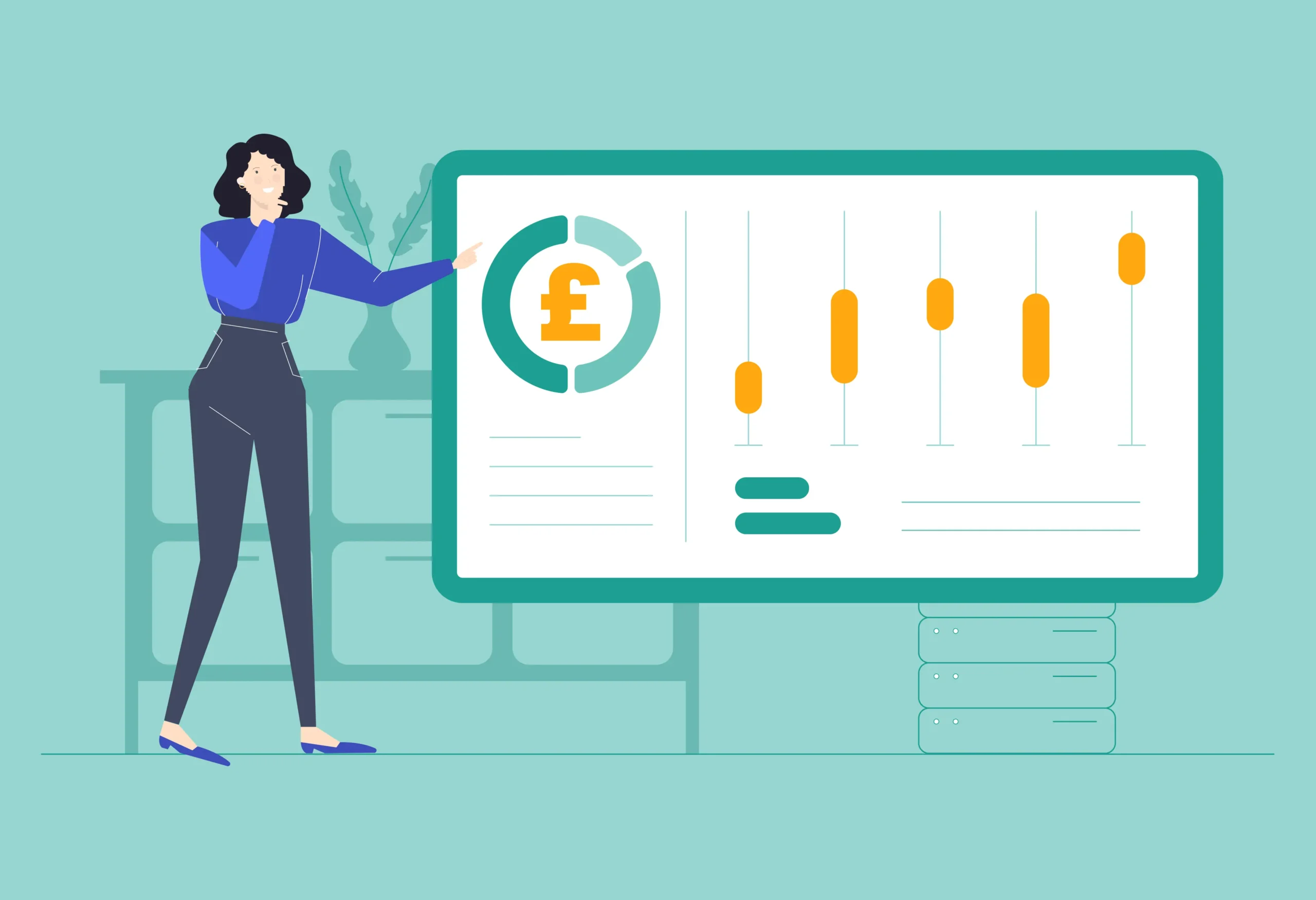Published on: June 28, 2017 | Last updated on: April 1, 2025 |
Markets are versatile, there’s no denying that. And every retailer operates in ways specific to them and their market.
As far as pricing goes, finding the right strategy is crucial to your business’s success. Especially in today’s e-commerce space, which is becoming increasingly competitive.
So, which retail pricing strategies are right for you? In this article, we explore the most popular strategies to help you attract more customers and grow your business.

What we mean by retail price is the final amount customers pay for a product or service. If you want your business to make a profit, you must set a retail price that takes into account the cost of the goods themselves, plus your additional markup.
The good news is that e-commerce allows you to explore various retail pricing strategies; however, the ones you choose will ultimately depend on your company’s short- and long-term business goals.
A few popular retail pricing strategies for you to try out on your online products include:
Your retail pricing strategy must be well thought out if you want to succeed in the crowded online marketplace.
A few ways to get your retail pricing right include:
Keep an eye on competitors who dominate your market and see if there’s a way you can follow suit. Then you’ll soon be able to establish yourself as a major player in the e-commerce space.
Reacting to price changes is a key requirement for retailers if they want to stay competitive. But doing so quickly, correctly and on a regular basis isn’t easy. Luckily, Magpie DBX lets you access price changes daily, so you’re always ahead of the game.
MAP pricing helps boost your profits, safeguard your products from counterfeiters, and promote your brand to a wider audience. If you don’t currently have a MAP policy in place, we highly recommend one to stop stock from being undersold across the digital shelf.
Every product you sell is unique, whether it’s tiny hardware or the most sought-after games consoles. As such, understanding how to value each item is an important skill, and your pricing should reflect that.
Tempting though it may be, do not try pricing a product for less than it’s worth. Customers will see through this trick and avoid your brand out of suspicion.
Yes, price is important, but other factors may influence customers into buying elsewhere. Monitor stock and shipping so you can give the best delivery times, and remember other value impactors, too, such as extended warranties, gift cards, cashback, inclusive delivery – the list goes on!
Magpie collects over a million price points each day, so we’re uniquely positioned to help with your retail pricing strategies. Our infrastructure, architecture, and scalability means no number of prices is too little for us!
Want to find out how Magpie can help improve your brand’s retail pricing strategies? Get in touch with us and request a demo today!

If you run a business, you will have competitors.
And just like you, your competitors are working hard to make their business the best.
Some things will work for them, and some things won’t. They may have already solved problems that you’re currently facing, or maybe they’re gearing up for a big product launch.
But if you’re not keeping a close eye on them, how would you know all this?
In this article, we break down why it’s important to monitor competitors, including how one of our partners solved a crucial problem by monitoring their competition.

Those who work in the worlds of business or marketing may have come across the terms ‘omnichannel’ and ‘multichannel’ at some point.
But what exactly do they mean?
Also, more importantly, how do they affect the way your company interacts with customers?
In this article, we look at both omnichannel ecommerce and multichannel ecommerce, exploring what makes each approach unique and how to decide which one is right for you.

Odds are, if you’ve ever ordered a taxi during rush hour or booked a peak-time delivery slot for your online shopping, you’ve experienced the effects of dynamic pricing.
But as a business stakeholder, you know that the right pricing strategy can mean the difference between success and failure.
Dynamic pricing is a great way to not only capitalise on your existing customer base but also attract new customers to your business.
So, how exactly do you go about implementing a dynamic pricing strategy?
In this article, we explore dynamic pricing, its pros and cons, and help you understand how to make it work for your ecommerce brand.
Want to learn more about how Magpie DBX can help your business? Get in touch with us and let us show you!




